Children’s Health (CH) is a 600‑bed, academic-affiliated children’s hospital whose outpatient clinics focus on subspecialized and high-acuity care provided by the faculty of the University of Texas Southwestern Medical Center. Children’s Medical Center Dallas was ranked in all 10 pediatric subspecialties by U.S. News & World Report in 2022–2023.


